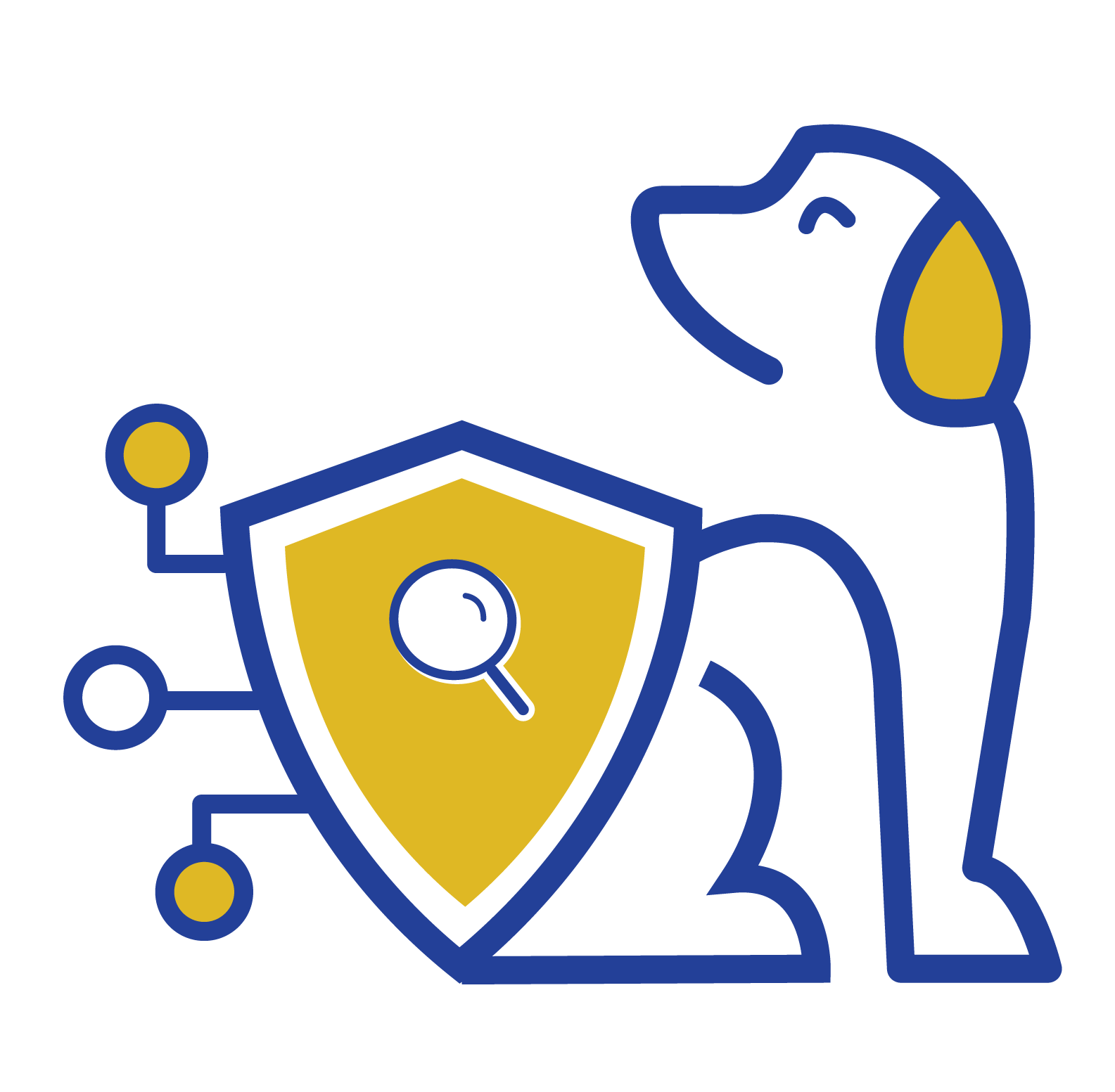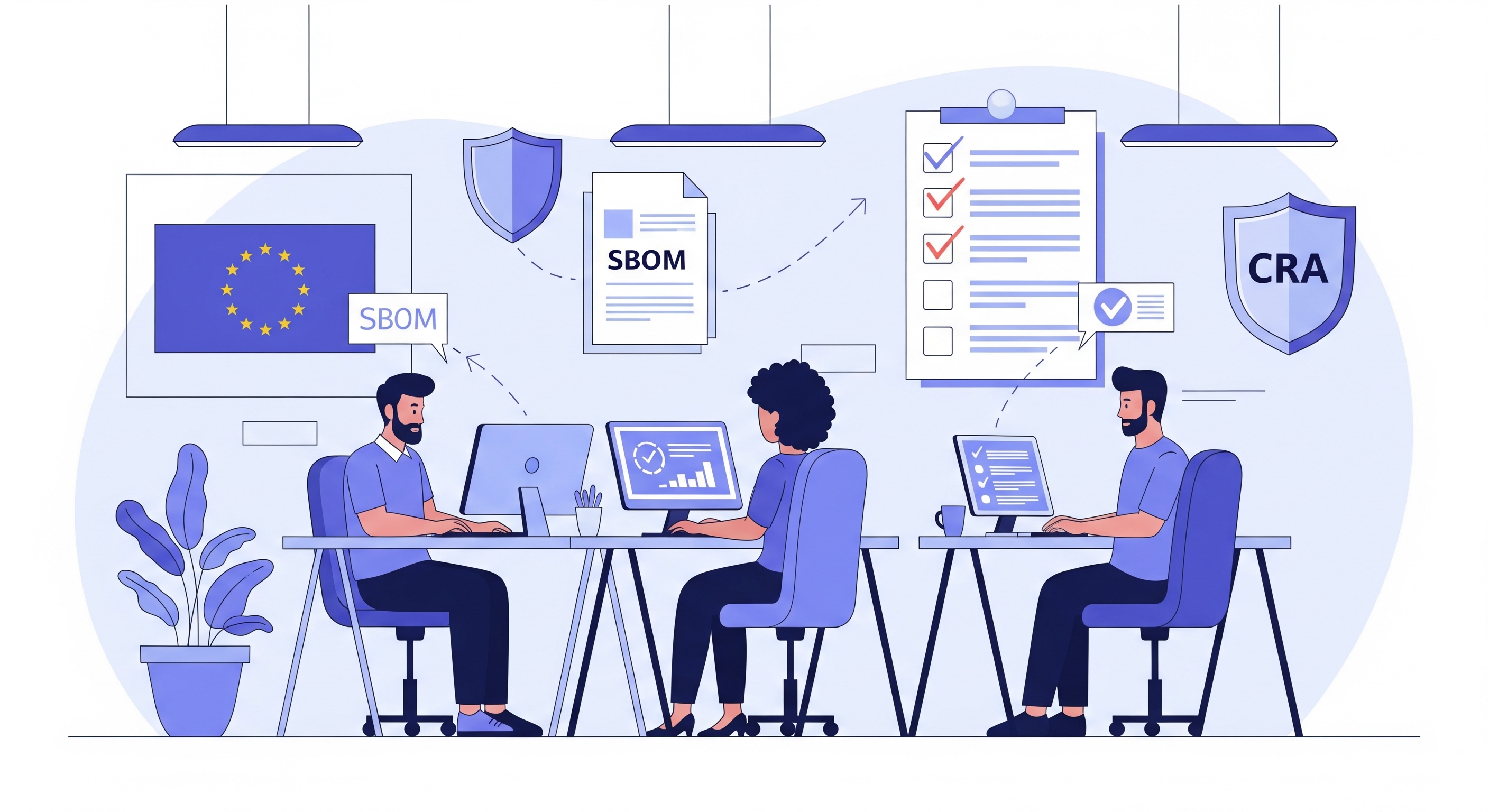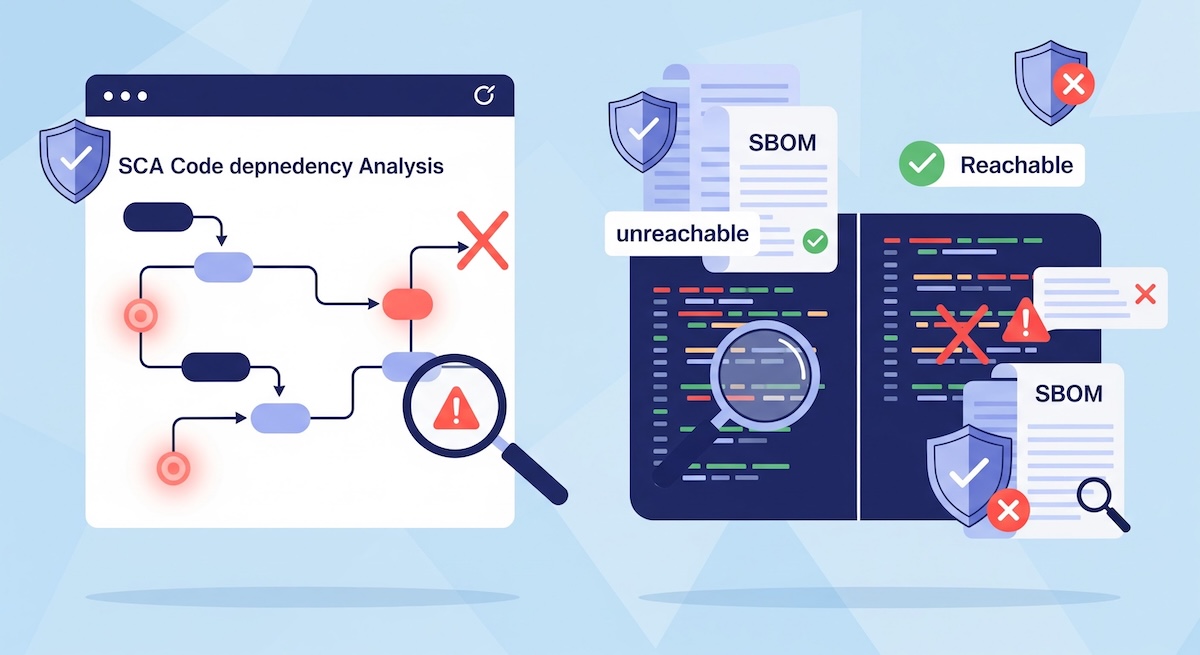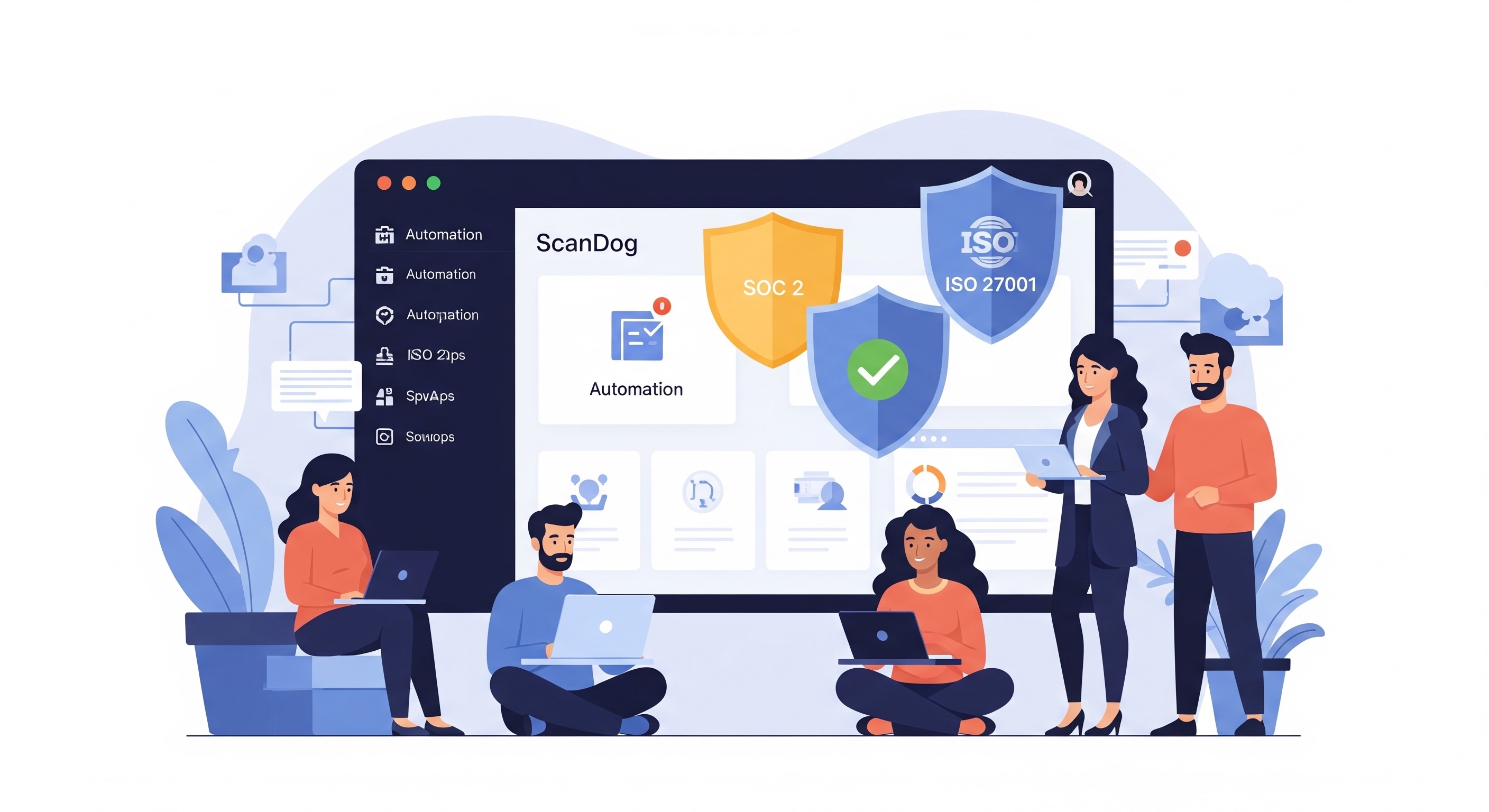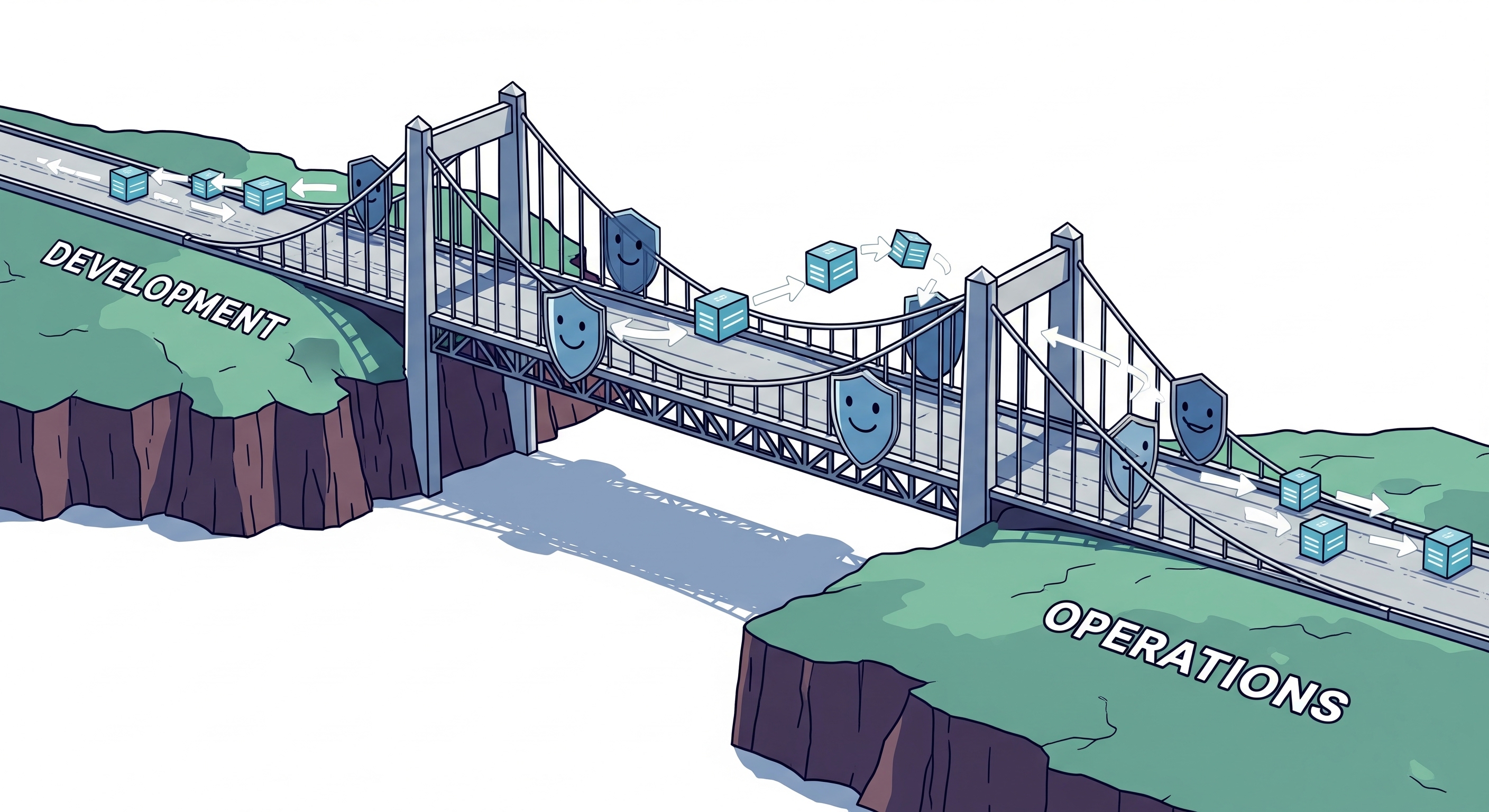🛡️ Introduction: Compliance Isn’t Just for the Big Guys
For years, small and mid-sized software businesses (SMBs) were spared the burden of complex cybersecurity compliance. But times have changed.
With the EU Cyber Resilience Act (CRA) set to take effect, every company that builds or sells digital products in Europe—from a one-person SaaS startup to a mid-sized API platform—must now meet strict requirements around secure development, vulnerability handling, and software transparency.
At the center of this push: the Software Bill of Materials (SBOM).
Sounds heavy? It is—but it doesn’t have to be expensive or overwhelming.
In this post, we’ll break down what the CRA and SBOM mean for your SMB, and how to prepare without hiring a full security team.
🇪🇺 What is the EU Cyber Resilience Act (CRA)?
The EU CRA aims to improve the baseline cybersecurity of “products with digital elements” sold or distributed in the European Union. It applies to:
- Software & SaaS vendors
- IoT & embedded systems producers
- Open-source maintainers (in some cases)
- DevTool makers
- And yes — startups and SMBs shipping code
Key obligations:
- Secure-by-design development practices
- Timely vulnerability disclosure and response
- Providing a Software Bill of Materials (SBOM)
- Monitoring for known vulnerabilities in shipped software
- Up to €15 million fines or 2.5% of annual turnover for violations
📦 What is an SBOM — and Why Does It Matter?
An SBOM (Software Bill of Materials) is like a nutrition label for your software.
It lists all open-source libraries, components, and dependencies used in your applications, including:
- Component name and version
- Supplier name
- Licensing information
- Known vulnerabilities (via CVEs/KEV/etc.)
Providing an SBOM is not optional under the CRA — it’s required to prove transparency and allow downstream customers to assess risk.
💡 The SMB Challenge: Limited Time, Team, and Budget
For small dev teams, CRA readiness can feel like a huge burden. Common concerns:
- “We don’t have a security engineer.”
- “We just want to ship features.”
- “We can’t afford enterprise compliance tools.”
- “How do we even create an SBOM?”
Good news: you don’t need to become a compliance expert or buy a million-euro GRC platform.
Let’s explore a lightweight approach.
🧰 5 Practical Steps SMBs Can Take Today (Without Breaking the Bank)
✅ 1. Automate SBOM generation in CI/CD
Use open-source or low-cost tools like:
cdxgenorsyftto auto-generate SBOMs- Output in CycloneDX or SPDX formats
- Integrate into GitHub Actions, GitLab CI, or your CI pipeline
Tip: Tools like ScanDog can integrate directly into your CI and produce SBOMs enriched with vulnerability reachability, cutting down noise from false positives.
✅ 2. Enable Continuous Vulnerability Monitoring
- Subscribe to vuln intelligence feeds like EPSS or VulnCheck KEV
- Automate CVE monitoring and alerting inside your pipeline or code repo
- Prioritize only reachable, exploitable, or internet-facing vulnerabilities to avoid alert fatigue
✅ 3. Start a Lightweight Secure Development Lifecycle (SDLC)
Even without a security team, you can:
- Add threat modeling checklists to epics or stories
- Use IDE-based SAST/secret scanners (e.g. GitHub Advanced Security, Semgrep)
- Require code reviews for any 3rd-party dependency upgrade
✅ 4. Centralize Your Security Artifacts
- Keep SBOMs, license scans, CVE reports in one place
- Ideally link these to build artifacts and commits
- Tools like ScanDog or Backstage plugins can automate this linkage
✅ 5. Document Your CRA Readiness
You may not be audited—but if you are:
- Have a single page showing your tools, process, and who’s responsible
- Record dates of vulnerability patching, SBOM updates, etc.
- Keep a log of incidents (even minor ones) with root cause and fix
💬 Final Thoughts: Compliance Can Be a Competitive Edge
Most startups see compliance as a headache. But in 2025, it’s increasingly becoming a differentiator.
Showing that your product is secure-by-default, offers clear SBOMs, and responds quickly to threats builds trust with:
- Enterprise buyers
- Tech partners
- Regulators
- Even job candidates
With tools like ScanDog, you can stay ahead of CRA requirements without pausing innovation or hiring a full AppSec team.
📣 Need Help?
ScanDog was built for teams like yours—resource-constrained but security-minded.
We automate SBOMs, reachability-aware vulnerability detection, and developer-friendly remediation with zero friction.
About
ScanDog
ScanDog is an AI-powered Application Security Posture Management (ASPM) platform that helps development teams build secure software faster. With advanced vulnerability prioritization, reachability analysis, and AI-assisted remediation, ScanDog cuts through the noise of false positives to focus on what truly matters.
